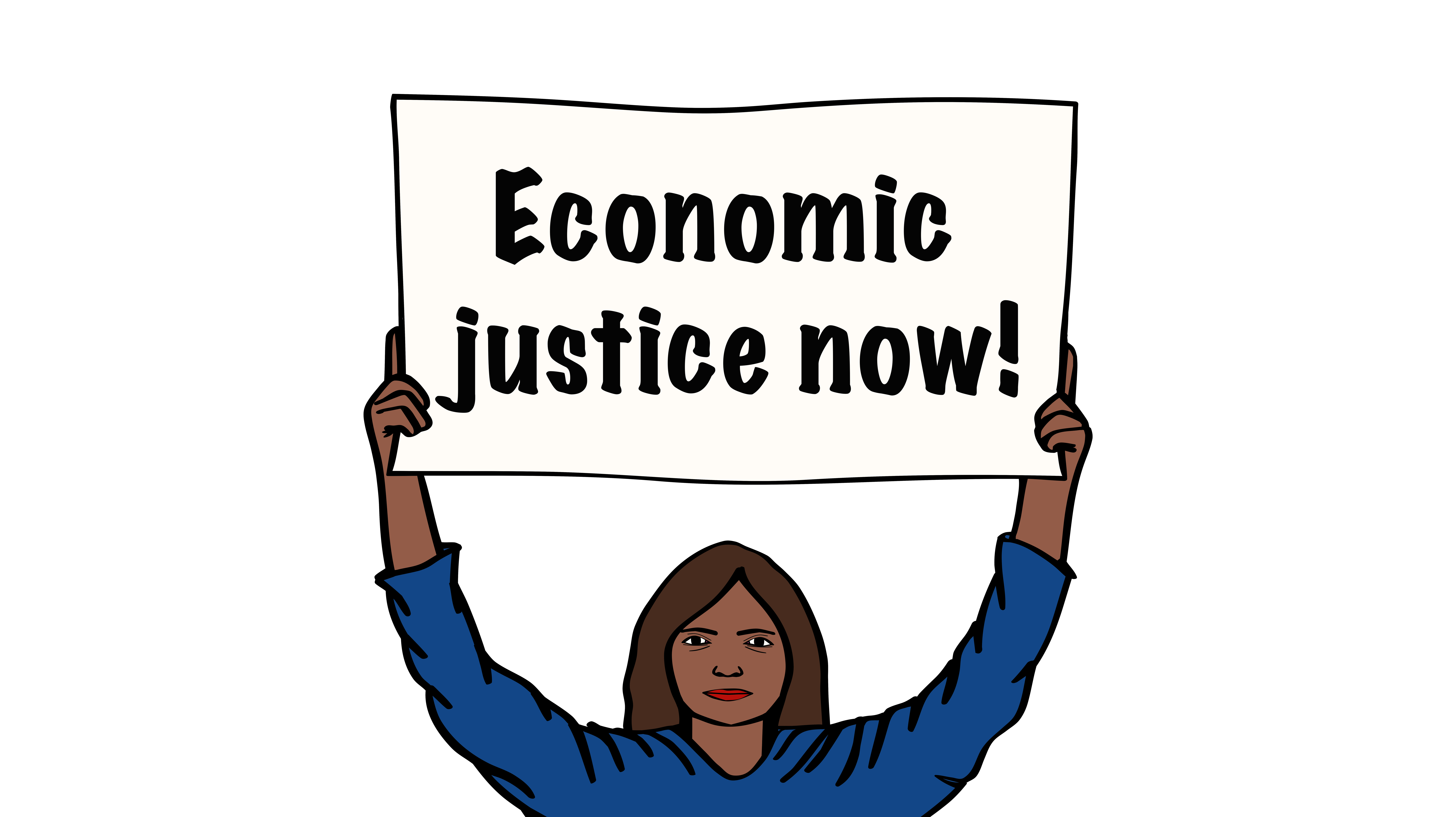Grenada is an upper-middle-income country with a small and largely tourism-based economy. As a Caribbean island, Grenada is heavily exposed to the impacts of climate change, including the increasing risk of hurricanes.
In general, the confluence of high debt levels, climate vulnerabilities and other economic vulnerabilities represents an existential threat to the Caribbean region. Grenada is a perfect illustration of these dynamics and of the need for systemic solutions that address the complex developmental challenges faced by small island developing states
For more information, see here:

